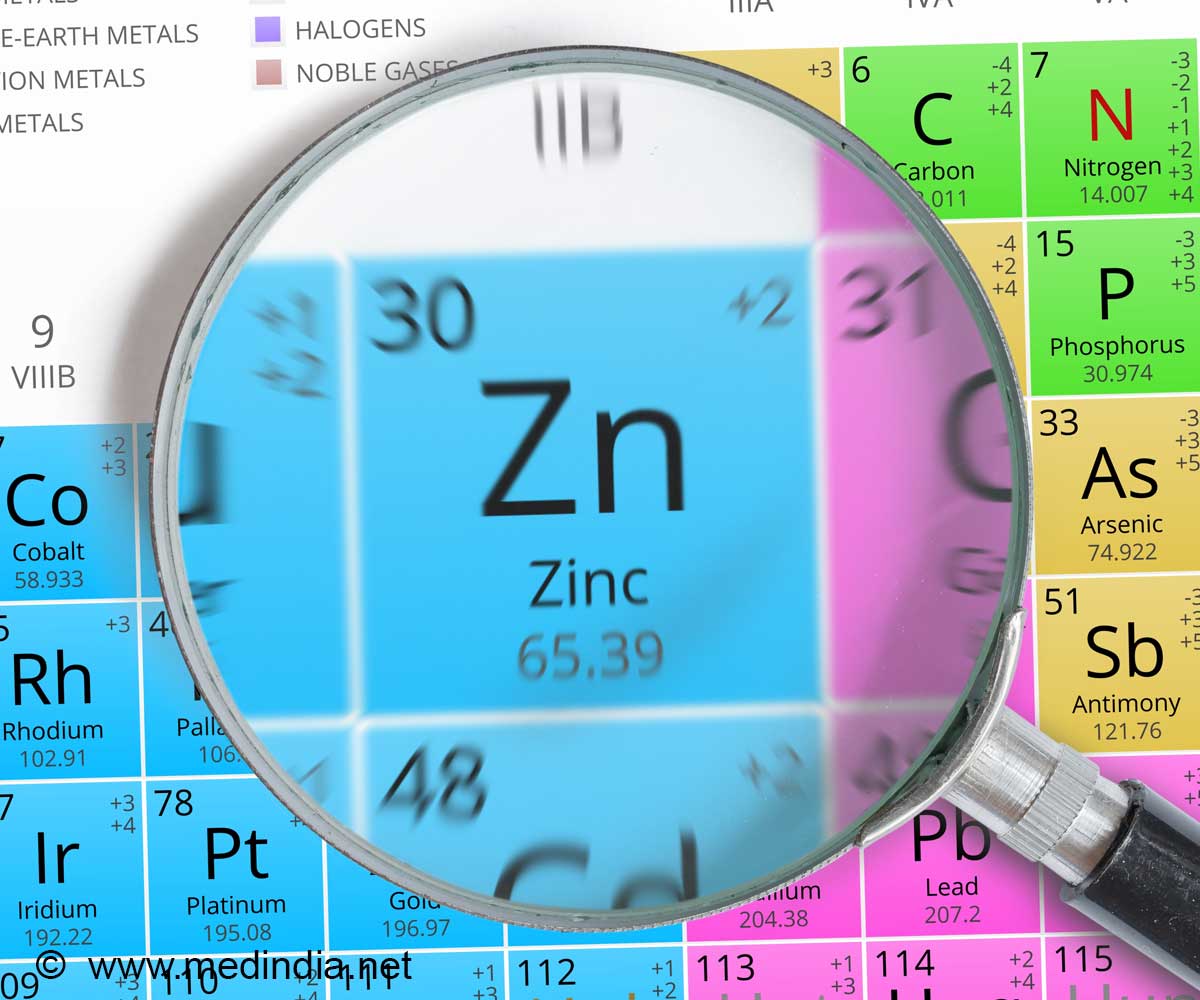recently published the first study that employed actual human blood to assess the effectiveness of menstrual products (
).
The authors pointed out, “No research has been conducted to compare the absorbent capacity of currently available menstrual hygiene products using blood. While using real menstrual blood to evaluate the absorbent capability of these products presents challenges, blood-based substances are a closer approximation than water or saline solutions.”
Up until now, conventional alternatives for menstrual blood in research included saline solution or just water, as reported by The Guardian. Regrettably, these substances weren’t particularly useful in gauging the absorbent capabilities of the products, as neither is as thick as actual menstrual blood, which encompasses not only blood cells but also secretions and tissue from the shed endometrial lining.
Advertisement
To bridge the gaps in understanding how well menstrual products soak up real blood, the current research encompassed two trials: the first utilized expired O+ blood from 33 days prior, while the second reused the same unit of blood that had expired for 58 days.
The outcome: menstrual discs might be more effective at managing heavy flow when compared to pads, tampons, and period underwear.
Dr. Paul Blumenthal, an Emeritus professor of obstetrics and gynecology at Stanford University, commended the new study for offering “practical, clinically relevant information to help patients select a product that suits their specific menstrual protection requirements and allows for better financial planning.”
Saline Absorption: A Proxy to Menstrual Blood
In an editorial, he added, “Having data-driven estimates of menstrual product capacity was even more crucial considering that those who menstruate bear the financial responsibilities of obtaining and buying menstrual products, pain management methods, laundry, and other menstrual hygiene essentials. Saline absorption serves as a proxy for menstrual blood, but it lacks clinical significance in measuring how a patient feels or functions while using a tampon.”
Reference :
- Red blood cell capacity of modern menstrual products: considerations for assessing heavy menstrual bleeding – (https:srh.bmj.com/content/early/2023/07/03/bmjsrh-2023-201895)
Source: Medindia



